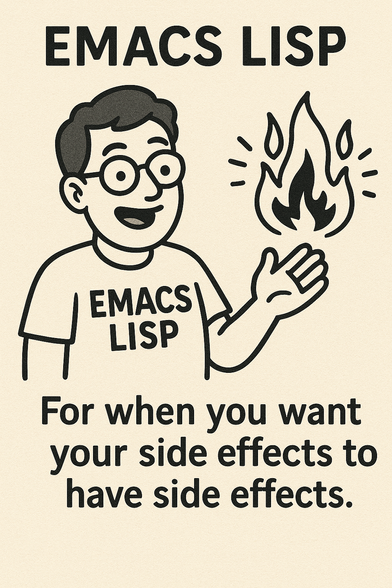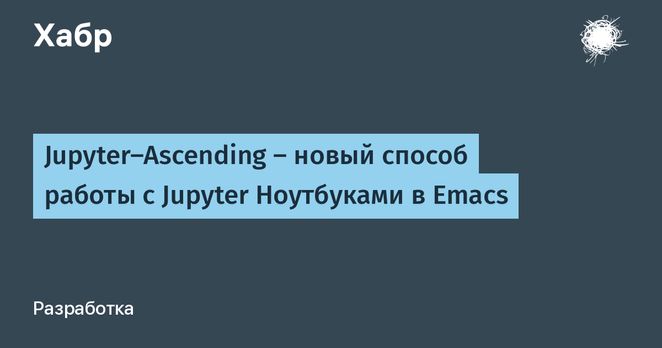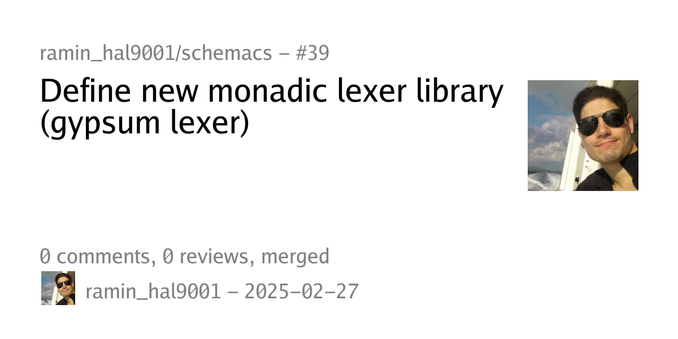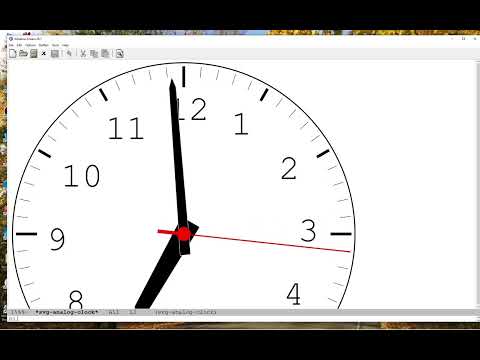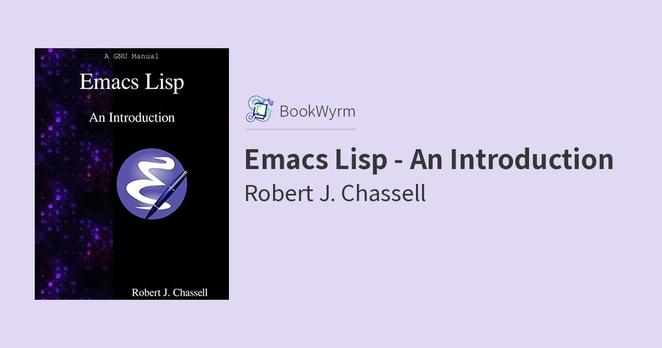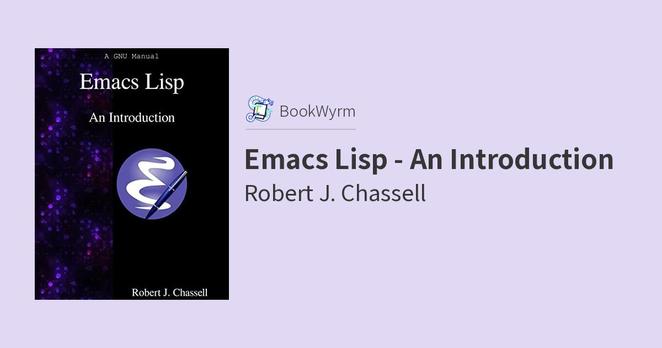What brought you to #Emacs?
@myTerminal I was using Tmux, Vim, Bash, AWK, and FZF, and I kept trying to write scripts for all of these programs that would allow me more coordination between them. For example, I once wanted to launch a process from Vim in a second terminal in a Tmux split-screen, capture it’s output into a temporary file, then when the process exited, use AWK to select symbols from the file that I could later feed into FZF. Or I would write a little wrapper Bash script that would run a build process and send a notification and trigger Tmux to automatically switch to the shell when the process completed.
I was always thinking to myself how I wished all of these separate tools, which were all doing one just thing and doing it well (the Unix philosophy), could be connected together without needing to use pipes or complicated message passing through temporary files or through DBus. And I also wished they were all written in the same programming language, instead of having a different language for Bash, AWK, VimScript, and the config languages for Tmux, or using long chains of CLI options stored into partial script files.
Then it hit me one day that this thing that I was wishing for, which coordinated between the terminal multiplexer, command shell, editor, and auto-completion framework and was all scripted with just one programming language, this thing already existed and it was called Emacs.
Then I finally understood what all the fuss was about, and switched to Emacs forever.
#tech #software #lisp #Emacs #EmacsLisp #UnixPhilosophy #FreeSoftware #FLOSS #FOSS #CLI #CommandLine
 🍉
🍉 


